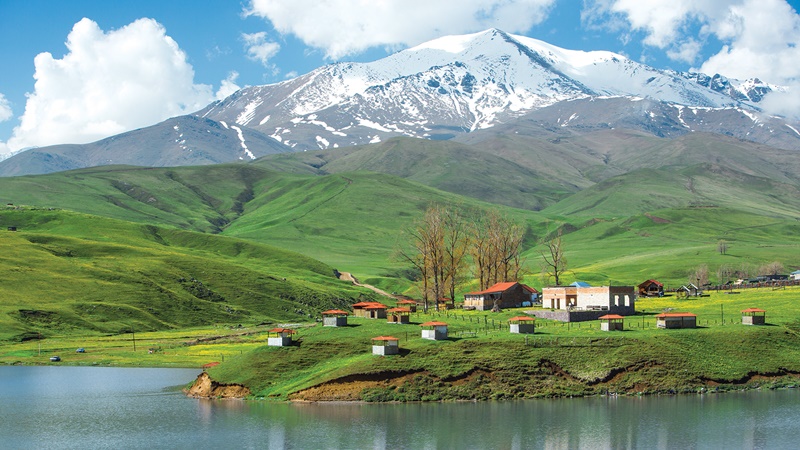Azerbaijan’s Diverse Climate Zones
Azerbaijan, situated in the Transcaucasian region, boasts a variety of climatic conditions owing to its geographical diversity. Stretching from the Black Sea to the Caspian Sea, the country’s unique topography contributes to a wide range of climates. In this blog post, we will explore Azerbaijan’s distinct climate regions and their characteristics.
1. Coastal Region (Littoral Zone)
Located in the northwest of Azerbaijan, this region is in proximity to the shores of the Black Sea. The climate here is generally temperate, with cool summers and mild winters. The area receives significant rainfall, which contributes to its lush green landscapes. The coastal region is known for its pleasant seaside resorts and a relatively mild climate throughout the year.
2. Caspian Coastal Area
Moving eastward along the Caspian Sea coast, you’ll find another distinct climate zone. This area experiences a subtropical climate, with hot and humid summers and mild winters. It receives less rainfall compared to the coastal region to the west but benefits from the moderating influence of the Caspian Sea. The unique combination of subtropical climate and the sea’s influence makes it suitable for the cultivation of various crops, including tea, citrus fruits, and rice.
3. Lowland Plains
The central and southeastern parts of Azerbaijan consist of lowland plains. These areas have a semi-arid climate characterized by hot summers and cold winters. Rainfall is relatively scarce, and the landscape is dominated by steppe and semi-desert terrain. Agriculture is a challenge in this region due to limited water resources, but certain drought-resistant crops are grown here.
4. Highland and Mountainous Regions
Azerbaijan’s eastern and southern regions are dominated by the Greater Caucasus Mountains and the Lesser Caucasus Mountains. These areas feature a mountain climate with cold winters and cool summers. The mountainous terrain leads to significant variations in climate and precipitation, creating favorable conditions for alpine vegetation and even winter sports in certain areas.
5. Nakhchivan Autonomous Republic
Located southwest of the mainland, Nakhchivan has a continental climate with extremely hot summers and cold winters. It receives limited rainfall, which poses challenges for agriculture. The region’s unique geography, surrounded by Armenia and Iran, contributes to its distinct climate.
In conclusion, Azerbaijan’s diverse geography results in a wide range of climates, from subtropical to semi-arid and mountainous. Each region’s climate influences its agriculture, culture, and way of life, making Azerbaijan a fascinating country to explore for climate enthusiasts and travelers alike.
Azerbaijan’s Diverse Climate Zones
